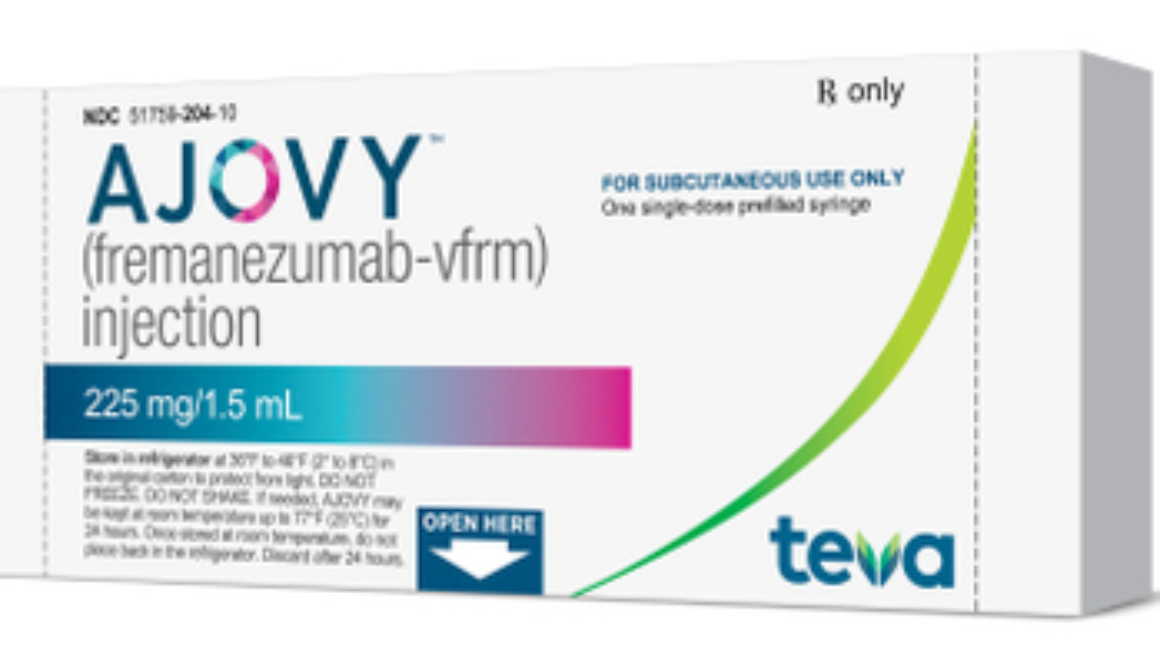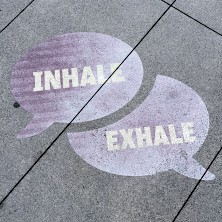Struggling with Rosacea? Tell Your Doctor about Your Headaches.
Rosacea is a chronic skin condition, that first shows up (usually on the face) as episodes of “flushing” or redness of the skin. If it gets worse, it can include a burning sensation, long term redness, and spots and bumps appearing on the skin. Sometimes small blood vessels become visible.

- Overview from the NHS on Rosacea
- All About Rosacea (National Rosacea Society)
- Rosacea (MedlinePlus)
The point of this article is to ask you to let your doctor know if you also have migraine – especially if it’s new onset migraine.
Rocacea is poorly understood, and there is growing evidence of a neurological link. Certain medications used for neurological conditions (such as migraine) may be helpful in cases of rosacea (although today these are not common treatments).
That’s why researchers were interested to discover a link between new onset migraine and rosacea in women. The link was even stronger in women over 50.
If you’re interested, you can read an article about the study here: Rosacea Linked to New-onset Migraine
But meanwhile, if you have both conditions, or even if you start getting headaches in general, let your doctor know. Researchers are hoping to find that treating one condition (such as migraine) may actually help clear up the other condition (such as rosacea).

 But she found that safflower oil did help (not so much the olive oil). The report suggests that safflower oil, applied to the base of the neck, may be beneficial for fighting migraine (see
But she found that safflower oil did help (not so much the olive oil). The report suggests that safflower oil, applied to the base of the neck, may be beneficial for fighting migraine (see 
 A recent study published in the journal Cephalalgia investigated using an inhaler as a migraine abortive. But this kind does not use drugs.
A recent study published in the journal Cephalalgia investigated using an inhaler as a migraine abortive. But this kind does not use drugs.